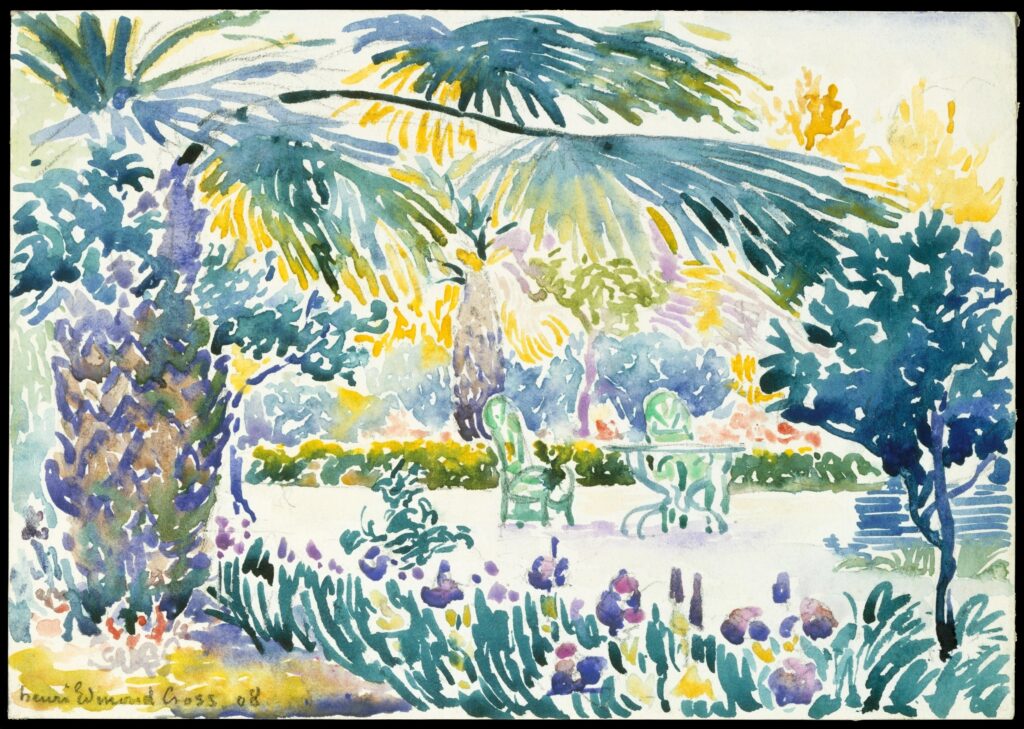The Value of a Piece of Art- What Factors Impact It?
What determines the value of a piece of art hanging on a wall or sitting on a display stand? Of all the wonders that exist in the world, the deep and personal wonder that can be felt when looking at a piece of art is among the most powerful. And it is also the hardest to fully describe and put a value to. The truly wonderful thing about art is that everyone sees it and experiences it differently. What moves one person might not be of interest to another. And this unique perspective is what makes the process of finding artwork to buy for your home or office so personal.
Determining the value of a piece of art can be impacted by several factors, each one unique and personal in nature. Whether you are visiting an art show in Paris or New York City, or are shopping at local art galleries and shows, you can find many stunning pieces of art. Knowing how to value a work of art can make the search much more accessible. Read on to learn how to find art with value today!

How to Value Art- Points to Consider
There is a great deal of value in artwork of all shapes, sizes, and styles. While it is largely a personal experience, there are some shared factors that can make a particular piece more valuable than others. Here are six things to consider when you are looking at the value of a piece of art for sale:
Individual Piece
One factor that impacts the value of artwork is the context of the production of that individual piece. This can either be of historical importance or have meaning for the time period or the artist who made it. Think of the value applied to works such as the Mona Lisa or a piece by Picasso or Rembrandt. A large part of that value comes from the context of when, how, and by whom it was made. The same happens for more modern artists but often to a lesser extent.
Provenance Factors
When buying art from galleries, auctions, and online dealers, consider the work’s provenance. This means the specific history of ownership once a piece of art is on the market. If the previous owner of the piece was a famous collector, this could increase the value of the piece. May famous collectors ensure authenticity, so it confirms legitimate value. Likewise, buying directly from the artist themselves helps avoid potential fakes and fraudulent reproductions.
Artwork Rarity
Another factor that has a significant effect on the value of a piece of art is the rarity of the work itself. The other side of the same coin is the impact of supply and demand. The more pieces of art that are available on the market, the less valuable they tend to be. Original and one-of-a-kind pieces with no prints or duplications are almost always more valuable. Finding the value of a piece of art must account for how likely it is someone else has a similar piece in their home.
Quality of Piece
The market value of a piece of art will be strongly impacted by handling and environmental factors. The condition in which the piece has been preserved, how it’s been handled, and the way it is displayed can impact its value. This is evaluated by experts and varies according to the taste of the period. Older art is more prone to wear and tear, so a piece in great condition is worth more. Newer art pieces are not as likely to be impacted in this manner.
Material Creation
Other elements to consider are the size of the work and the materials or medium used in its creation. This is often seen as a second-hand factor, but it is something that often impacts individual interest in a piece. Sometimes also, the subject has an impact on the price, as seen with paintings featuring women and nature scenes often fetching some of the best prices. Person preference and what someone is willing to spend on a piece also comes into play.
Artist Notoriety
Finally, the art industry greatly values a work of art based on the artist who produced the work. Comparing art values by artists is a common method collectors use when searching for new pieces. There can be a huge difference in the price of a piece based on how well-known the artist is and what their reputation is like. Generally, the greater the demand for an artist, the higher the price tag tends to be, and the more people will be interested in buying the work.
Discover the Value of Art Today With Artblok
If you are searching for the perfect piece of art for your home or office, you are in luck. You don’t need to visit Rome, Venice, New York City, or Miami to find the best artwork on the market. Find stunning art that is unique and personal today right here on Artblok. Feel free to reach out with any questions you may have, and we will be happy to help you see the value in artwork in a whole new light!